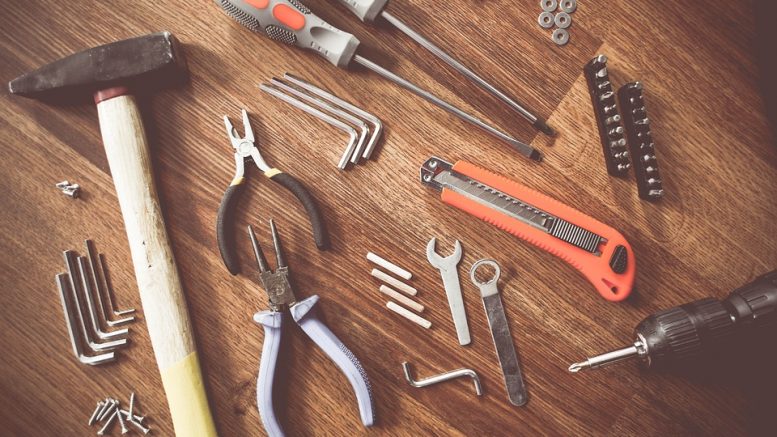As we know, most companies who want to manufacture the product from scratch go with Rapid Tooling Solutions. So, to take advantage of this process, you need to choose the right type of rapid tooling for your product.
There are two types of Rapid Tooling. One is Direct Tooling and the other in Indirect Tooling. These two types have their advantages and disadvantages. The choice mostly depends on the client’s requirements.
Direct Tooling VS Indirect Tooling:
To choose the right type of tooling, you need to know the difference between these two types and their process.
You should know when to use direct tooling and when to use indirect tooling.
Direct Rapid Tooling:
In the straightforward tooling process, they manufacture the tools straight from the CAD file. One example is CNC Machining.
In this process, first, the model of the tool is created using CAD software.
After that, the file is directly used to make the mold, which will be used for prototypes. It uses an additive process.
After the tool’s actual mold is created, it is used to make a small number of prototypes.
It is mostly used for manufacturing and is less time consuming as you can directly use it for making tools. Depending on the material of the mold and its design, you can build thousands of parts using a direct tooling method.
Pros:
- Faster Production:
You can make the tools in just a few days or weeks. It helps you to shorten the lead time.
- Few Steps:
There are only a few steps involved in direct tooling.
- Few Resources:
Sometimes you need fewer resources when you go for direct tooling.
- Multiple Prototypes:
You can use this method to create a mold that will then be used to create thousands of prototypes.
- Flexible:
It is very flexible. You can easily make molds and tools of different shapes and designs by changing it.
Cons:
- Durability:
The parts made from the direct method are less durable compared to indirect tooling.
- Errors:
There is no master pattern involved, so there might be errors.
- Complex Designs:
It is not suitable for more complex designs that need detailing.
- Higher Cost:
For each change, you have to make new molds and tools, which leads to an increase in cost.
Indirect Rapid Tooling:
This method is also known as Pattern-based Tooling. In this process, instead of directly manufacturing the tools, a master pattern is created first. This method is very common and is widely used.
In this process, first, the master tool model is created. It is done using CAD software.
After that, the file is used to create a master pattern. It is very durable.
After that, more molds and tools of different materials shapes and size is created using the master pattern.
You can use these tools and molds to create many prototypes.
This method is mostly used in prototyping. There is more room for experimenting and testing in this method.
Pros:
- Durable:
The master pattern is very durable and lasts longer.
- Cost-Effective:
You only have to create one master pattern to create different sizes and shapes of tools.
- Hard/ Soft Tools:
You can create hard tools or soft tools as per your requirement. Hard tools are used for complex designs. And soft tools are used for a simple design.
- Less variation:
There are fewer variations and discrepancies as all the tools are made from one master pattern.
- Experimenting:
You can use it for experimenting as you can use different materials.
Cons:
- Time Consuming:
There are more steps involved in this method, so it is more time-consuming.
- Additional Cost:
The additional step increases the cost.
- High-Quality Material:
High-quality material is used to make the master pattern to increase durability.
- Simple Designs:
It is not fit for simple designs as they mostly focus on complex designs.
These are the pros and cons of direct and indirect rapid tooling. You can choose any of the two methods of rapid tooling solutions as per your requirements.



Be the first to comment on "Types of Rapid Tooling: Direct Tooling VS Indirect Tooling"